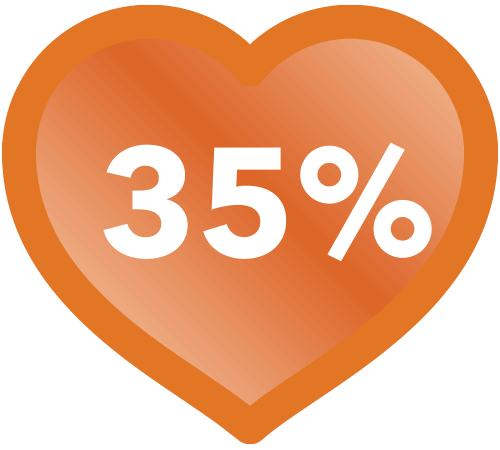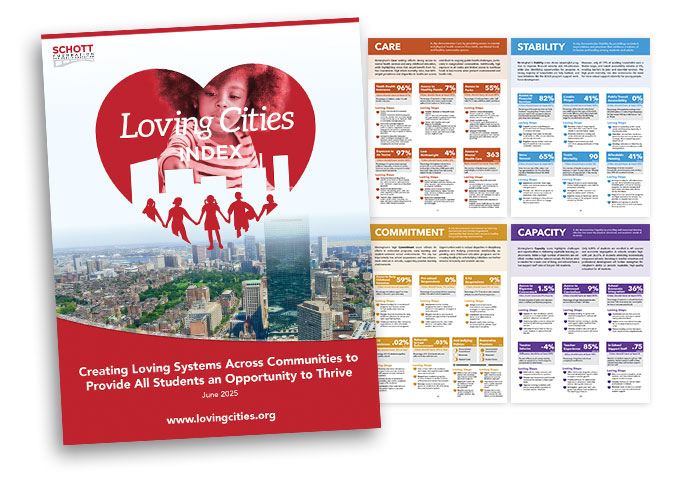New Orleans is a city of deep cultural roots, resilience, and community pride. Known for its music, food, and festivals, New Orleans is also a city with a long history of activism and innovation in the face of adversity. With over 376,000 residents, the city is 58% Black, 30% White, and 6% Hispanic, reflecting a rich cultural diversity that shapes its neighborhoods and institutions.


of supports measured
New Orleans continues to rebuild and reimagine itself after historic challenges, with a strong commitment to equity, opportunity, and healing. Efforts to improve public health, education, transportation, and housing are underway, driven by dedicated community partners and a growing recognition that all residents deserve the resources to thrive. As it moves forward, New Orleans remains a city defined not only by its past, but by its powerful vision for the future—a future rooted in justice, inclusion, and collective care.
New Orleans is working to create greater equity across education, economic opportunity, and public health and begin addressing deep-rooted disparities among its children and families. Current data reflect both areas of progress and pressing needs across key measures of community well-being.
Expand to read more
Seventy-four percent of New Orleans students graduate high school, pointing to a need for expanded academic supports and graduation pathways. 47.1% of adults hold an associate degree or higher, reflecting strong local efforts to improve postsecondary access. Programs like YouthForce NOLA and New Orleans Career Center have built college and career readiness opportunities that connect students with high-wage, high-demand fields. Meanwhile, the city’s disconnection rate for youth aged 16–19 (7.3%) is significantly better than the national rate, indicating that many teens are successfully staying engaged in school or work.
The city’s unemployment rate is 4.8%, which is slightly above the national average but masks broader instability. More than 72% of students in New Orleans public schools live in poverty, and 32.2% of children live below the poverty line. These figures highlight a need for sustained investment in family supports, early intervention, and neighborhood-based services to disrupt intergenerational poverty. Programs such as Job1 NOLA have helped connect residents to workforce training and employment services, but structural barriers persist.
New Orleans’ infant mortality rate is 7.5 per 1,000 births, reflecting ongoing challenges in maternal health, access to prenatal care, and broader social determinants of health. Community health initiatives such as the New Orleans Health Department’s Healthy Start program and partnerships with Federally Qualified Health Centers are working to close these gaps, particularly for Black and low-income mothers.
Language access is another area of need. Only 6.6% of students are English Learners. While this metric falls below the national average, ensuring these students receive appropriate supports remains critical to equity in learning environments. These indicators underscore the need for coordinated, systemic responses. With continued investment in education, economic mobility, and maternal and child health, New Orleans can build on its strengths and create conditions where all residents—especially its children—have the opportunity to thrive.
New Orleans Indicators

The Community Climate comprises indicators of a city’s current conditions in important areas such as education, economic stability, and public health. While these indicators do not uncover underlying supports or influences in a city, the outcomes provide a picture of a community’s well-being, economic mobility, and equitable opportunities.



